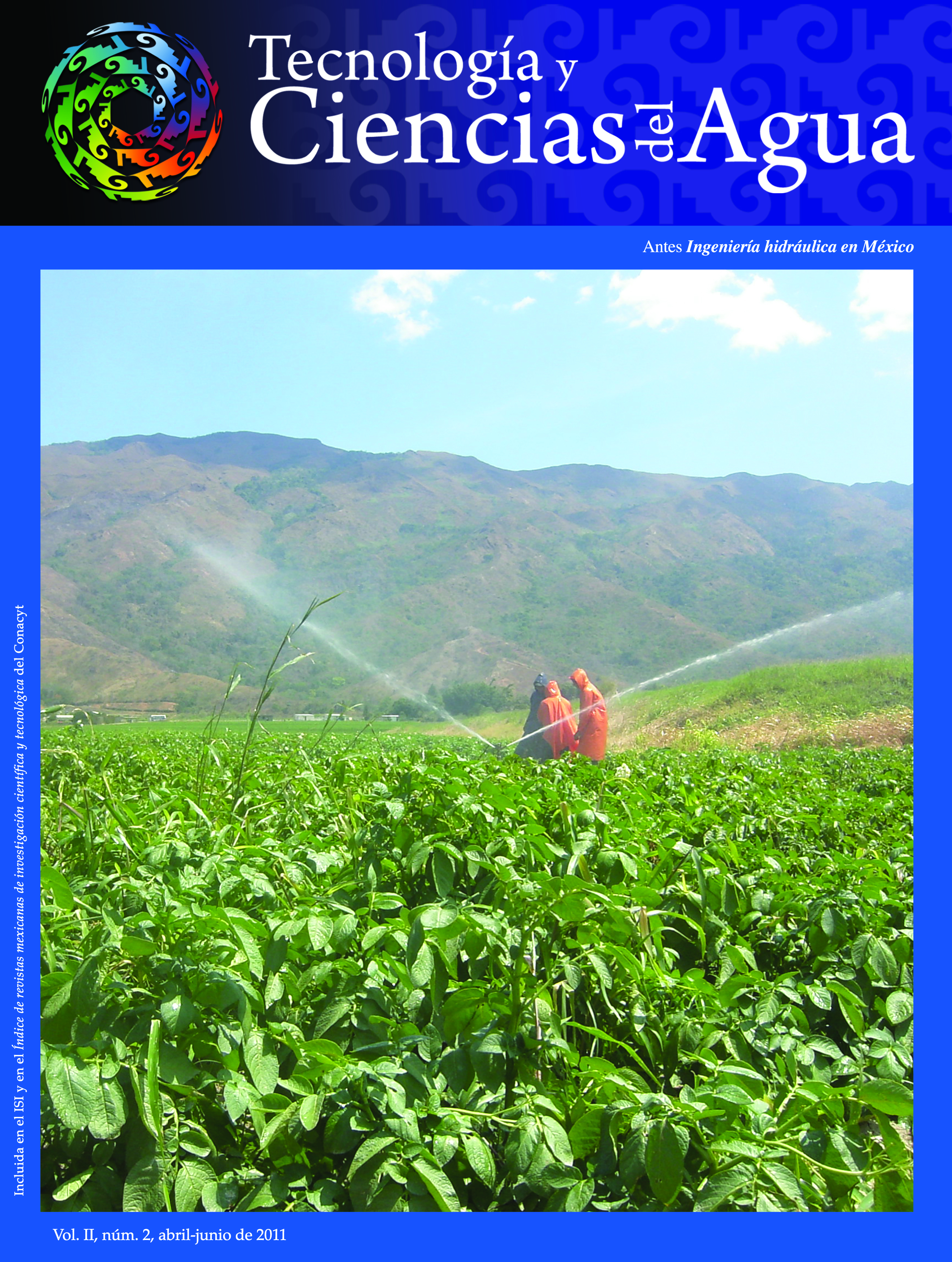On the use of Reynolds averaged Navier-Stokes equations in the field of coastal engineering.
Keywords:
RANS, surf zone hydrodynamics, wave breaking, coastal engineering.Abstract
This paper presents a review on the usefulness of nonlinear wave propagation models in coastal waters. More specifically, on the use of high resolution spatiotemporal resolution models, such as those based on the Reynolds Averaged Navier-Stokes (RANS) Equations. With this type of models it is possible to carry out detailed studies of the processes before and after wave breaking occurs. In order to demonstrate its potential, some examples of their application are carefully selected showing the level of detail achieved in the description of the flow with this approach. Their diagnostic role to dissect each of the variables involved in the wave breaking process (e.g. velocity, turbulence, pressure gradients), is highlighted. The results presented here confirm that these models are also an excellent tool for studying processes related to wave breaking and wave transformation in the swash zone. It is anticipated that in the years to come, the combination of this type of tool with field or laboratory data will have an important role in coastal engineering development.Downloads
Published
How to Cite
Issue
Section
License

This work is licensed under a Creative Commons Attribution-NonCommercial-ShareAlike 4.0 International License.
By Instituto Mexicano de Tecnología del Agua is distributed under a Creative Commons Attribution-NonCommercial-ShareAlike 4.0 International License. Based on a work at https://www.revistatyca.org.mx/. Permissions beyond what is covered by this license can be found in Editorial Policy.









